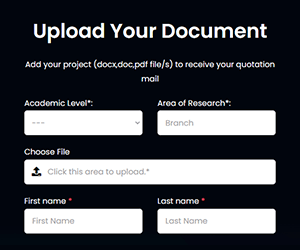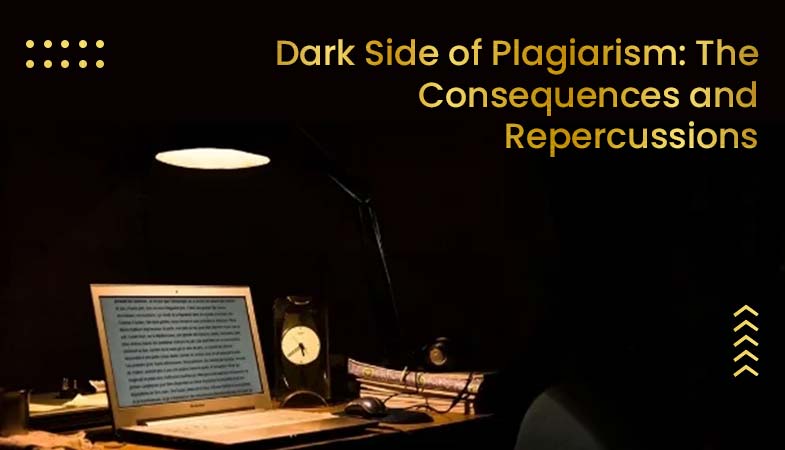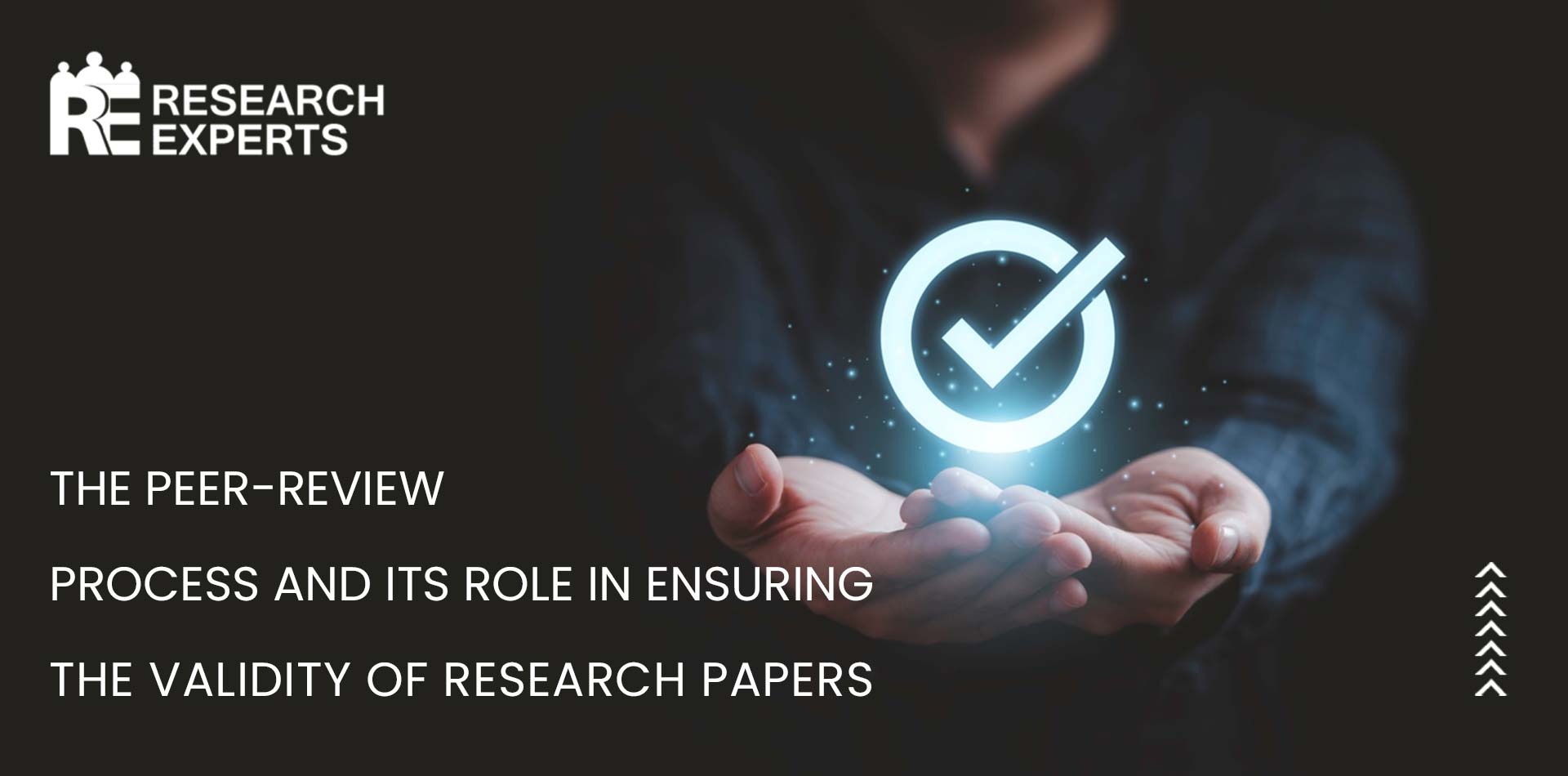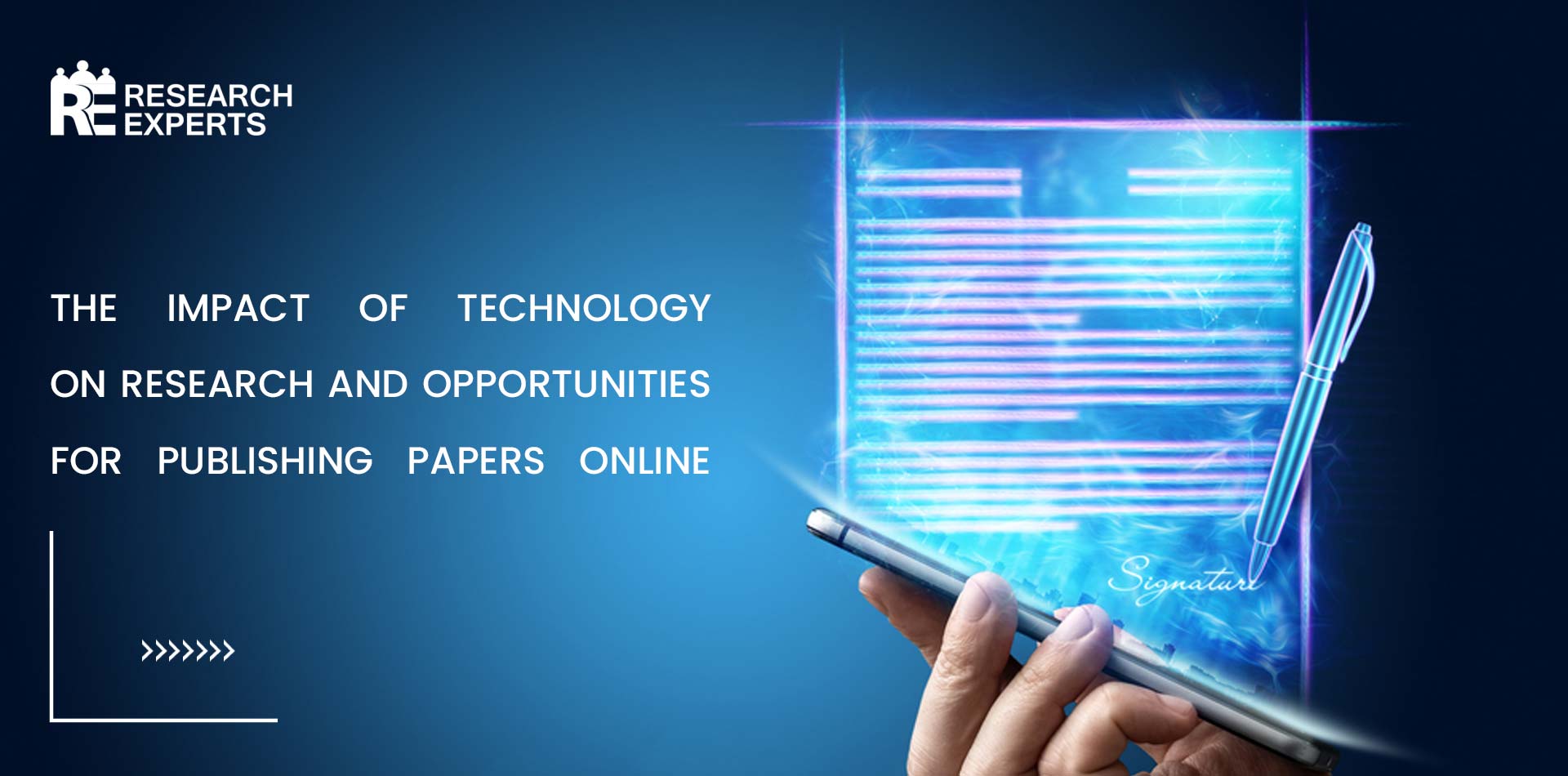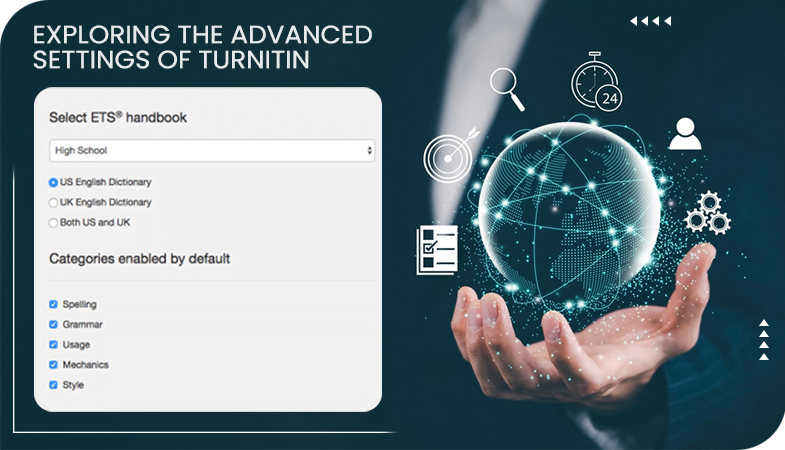
Exploring the Advanced Settings of Turnitin
Exploring the Advanced Settings of Turnitin -Turnitin is a software tool that detects instances of plagiarism and is used extensively. Its primary purpose is to assist teachers and students in identifying and avoiding instances of plagiarism in written work. Turnitin’s advanced settings are one of its most valuable features since they provide users the ability to tailor the program’s operation to better match their own requirements. This makes the software one of the most versatile pieces of academic software available today. Here we will be Exploring the Advanced Settings of Turnitin.
Learn the Advanced settings of Turnitin
- One of the most important advanced settings in Turnitin is the similarity index threshold. This setting allows users to specify the level of similarity at which Turnitin will flag a document as potentially plagiarized. The default setting is typically set at 20%, but educators can adjust this threshold to a higher or lower percentage depending on their needs. For example, if an educator is working with a group of students who are still developing their writing skills, they may want to set the threshold higher to avoid flagging minor errors or common phrasing as plagiarism.
- Another advanced setting that is useful in Turnitin is the exclusion of specific sources from the plagiarism check. This feature allows educators to exclude certain sources from being searched by the Turnitin software. This can be useful for a variety of reasons, for instance, when a student is citing extensively from a particular source, and the educator is aware of it and want to exclude that particular source for the plagiarism check.
- Additionally, Turnitin has the option to exclude bibliographic materials from the plagiarism check. This setting is useful for educators who want to focus the plagiarism check on the body of the work rather than the bibliography or reference list. This can help to avoid false positives and make it easier to identify truly plagiarized content.
- Another useful advanced setting in Turnitin is the option to allow students to submit multiple drafts of their work. This can be beneficial for students who are still in the process of revising and editing their work, as it allows them to submit their work for plagiarism checking before it is finalized. This can help students to identify and correct plagiarism before submitting their final work.
- Lastly, Turnitin also provides an option for the educator to choose to receive an originality report in PDF format. This is useful for educators who want to have a hard copy of the report, as it can be saved and referred to later.
Conclusion
In conclusion, Turnitin’s advanced settings are a powerful tool that can help educators and students. It customizes the plagiarism detection process and meets their specific needs. These settings allow users to adjust the similarity index threshold, exclude specific sources from the check, focus on the body of the work, enable multiple submissions and choose the format of the report to better fit the use case and the context. By utilizing these advanced settings, educators can have more control over the plagiarism detection process and work more effectively in preventing plagiarism in written work.

